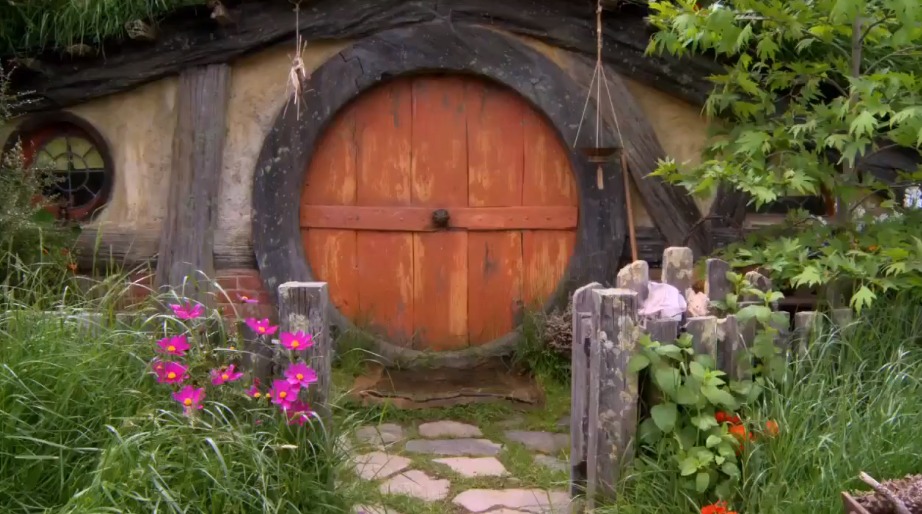Make an effects movie
Make a short effects movie using a smartphone, simple props, green screen paper, sound effects, and editing apps to learn storytelling and visual effects.



Step-by-step guide to make an effects movie
5 Simple VFX You Can Try
Step 1
Think of one short story idea and say it out loud in one sentence.
Step 2
Write or draw three short scene descriptions on a piece of paper.
Step 3
Choose the props and one costume piece you will use for the main character.
Step 4
Smoothly tape the green screen paper to a wall or large cardboard so there are no big wrinkles.
Step 5
Turn on small lamps and place them so the green screen is lit evenly and has few shadows.
Step 6
Put your device on a tripod or stable surface and frame the shot so the green screen fills the background.
Step 7
Do a quick test recording of yourself and play it back to check lighting and sound.
Step 8
Record each scene in order, keeping each clip short (about 5–15 seconds).
Step 9
Collect or download sound effects and a short music track that match your scenes.
Step 10
Open your editing app and import all the video clips and sound files.
Step 11
Apply the chroma key (green screen) tool to remove the green from a clip.
Step 12
Add a new background image or video behind the keyed clip to create the scene.
Step 13
Place sound effects and music on the timeline and adjust volumes so voices are clear.
Step 14
Trim clips and add simple transitions between scenes to make your story flow.
Step 15
Export your finished movie and share it on DIY.org.
Final steps
You're almost there! Complete all the steps, bring your creation to life, post it, and conquer the challenge!


Help!?
What can we use instead of green screen paper or a tripod if we don't have them?
Use a smooth bright green sheet, poster board, or painted cardboard taped flat to a wall as your green screen and steady your device on a stack of books or a stable shelf when you can't use a tripod to frame the shot.
My keyed clips show shadows or patchy green when I apply chroma key — what should I fix?
Make sure the green screen is smoothly taped with no big wrinkles, reposition your small lamps for even lighting to reduce shadows, and do the quick test recording step to replay and adjust lighting and sound before filming each scene.
How can I change this activity for different ages?
For younger kids, use one or two simple drawn scenes, one prop and a short single take while an adult helps import clips, and for older kids keep three scene descriptions, experiment with multiple backgrounds and transitions, and mix sound effects and music in the editing app.
How can we extend or personalize the finished movie beyond the basic steps?
After you apply the chroma key and add backgrounds, personalize the movie by creating custom background videos or images, recording original sound effects to place on the timeline, adding title cards and color grading when you trim clips, and then export a director's cut to share on DIY.org.
Watch videos on how to make an effects movie
Animation basics: Homemade special effects - TED-Ed
Facts about filmmaking and visual effects for kids
✂️ Free and inexpensive smartphone editing apps (like iMovie, KineMaster, CapCut) let kids trim clips, add effects, and layer green-screen backgrounds.
📱 Feature films such as Tangerine (2015) were shot entirely on smartphones, showing small devices can make big movies.
🎧 Foley artists create sound effects from everyday items—like coconut shells for horse hooves—so kids can make DIY Foley at home.
🎩 Georges Méliès made one of the first special-effects films, A Trip to the Moon (1902), using camera tricks and painted sets.
🟩 Green screens are usually green because camera sensors are most sensitive to green and it’s less like human skin tones, making keying easier.
How do I make a short effects movie with my child using a smartphone?
What materials do I need to make a simple effects movie at home?
What ages is this smartphone effects movie activity suitable for?
What are the benefits, safety tips, and fun variations for making short effects movies?


One subscription, many ways to play and learn.
Only $6.99 after trial. No credit card required



